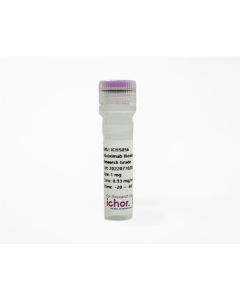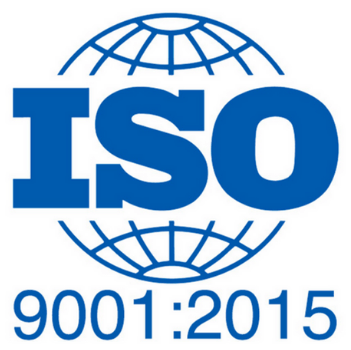Back to Top
Bulk Anti-Human EGFR (EGFR.1) Antibody
Add recommended extras
Bulk Anti-Human EGFR (EGFR.1) Antibody
| Concentration | 1.0 - 5.0 mg/ml |
|---|---|
| Isotype | Mouse IgG2b Kappa |
| Host | Mouse |
| Use | Products are for research use only. Not for use in diagnostic or therapeutic procedures. |
| Application Notes | Each investigator should determine their own optimal working dilution for specific applications. |
| Applications | Flow Cytometry, Immunocytochemistry, Immunofluorescence, IHC (Frozen), Immunoprecipitation, Neutralization, IP-Mass Spectrometry |
| Storage | anti-EGFR In Vivo Antibody - Low Endotoxin (EGFR.1) is stable when stored at 2-8°C. Do not freeze. |
| Endotoxin | ≤ 1.0 EU/mg as determined by the LAL method |
| Purity | >95% by SDS-PAGE and HPLC |
| Formulation | 0.01 M phosphate buffered saline (PBS) pH 7.2, 150 mM NaCl with no carrier protein, potassium or preservatives added. |
| Purification Method | This monoclonal antibody was purified using Protein A |
| Specificity | Anti-EGFR In Vivo Antibody - Low Endotoxin (EGFR.1) recognizes the (Mr 170 kDa) extracellular domain of the epidermal growth factor receptor on many cell surfaces. The EGFR mediates the initial response of cells to EGF. It has an extracellular region whic |
| Species Reactivity | Human |
| Target | EGFR |
| Shipping Conditions | Blue ice |
| background | The epidermal growth factor receptor (EGFR; ErbB-1; HER1 in humans) is the cell-surface receptor for members of the epidermal growth factor family (EGF-family) of extracellular protein ligands. The epidermal growth factor receptor is a member of the ErbB |
| Other names | Epidermal growth factor receptor, Proto-oncogene c-ErbB-1, Receptor tyrosine-protein kinase erbB-1, ERBB, ERBB1, HER1 |
| clone | EGFR.1 |
| UniProt | P00533 |
| Buffer | ICH3001-100ml ICH3002-100ml ICH3003-100ml |
| Immunogen | A431 cultured cells |
| Aggregation | Aggregation level ≤ 5% |
| Related Antibody | Anti-EGFR In Vivo Antibody - Ultra Low Endotoxin [EGFR.1] (ICH1021UL) |
Write Your Own Review





















